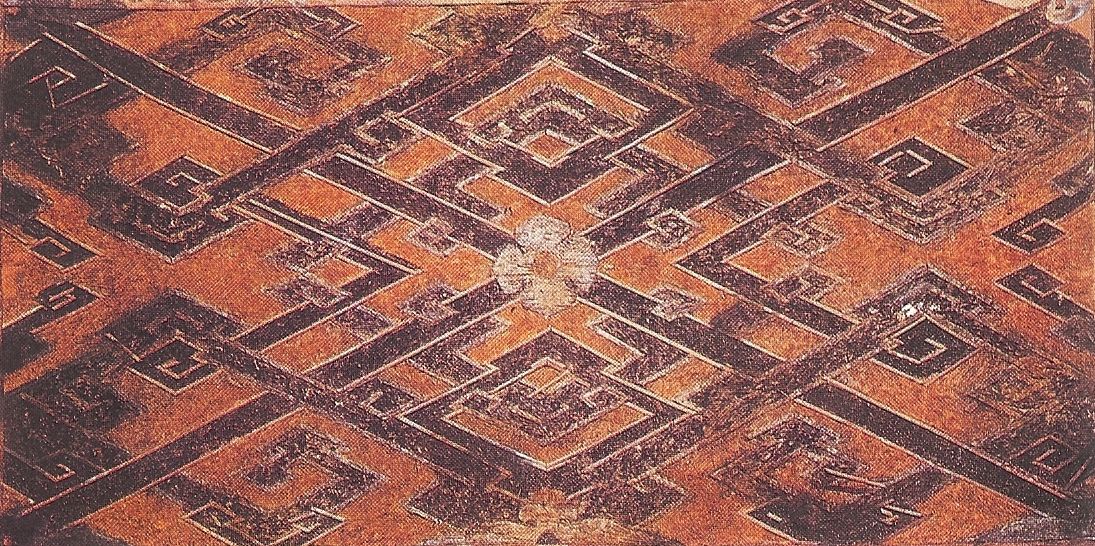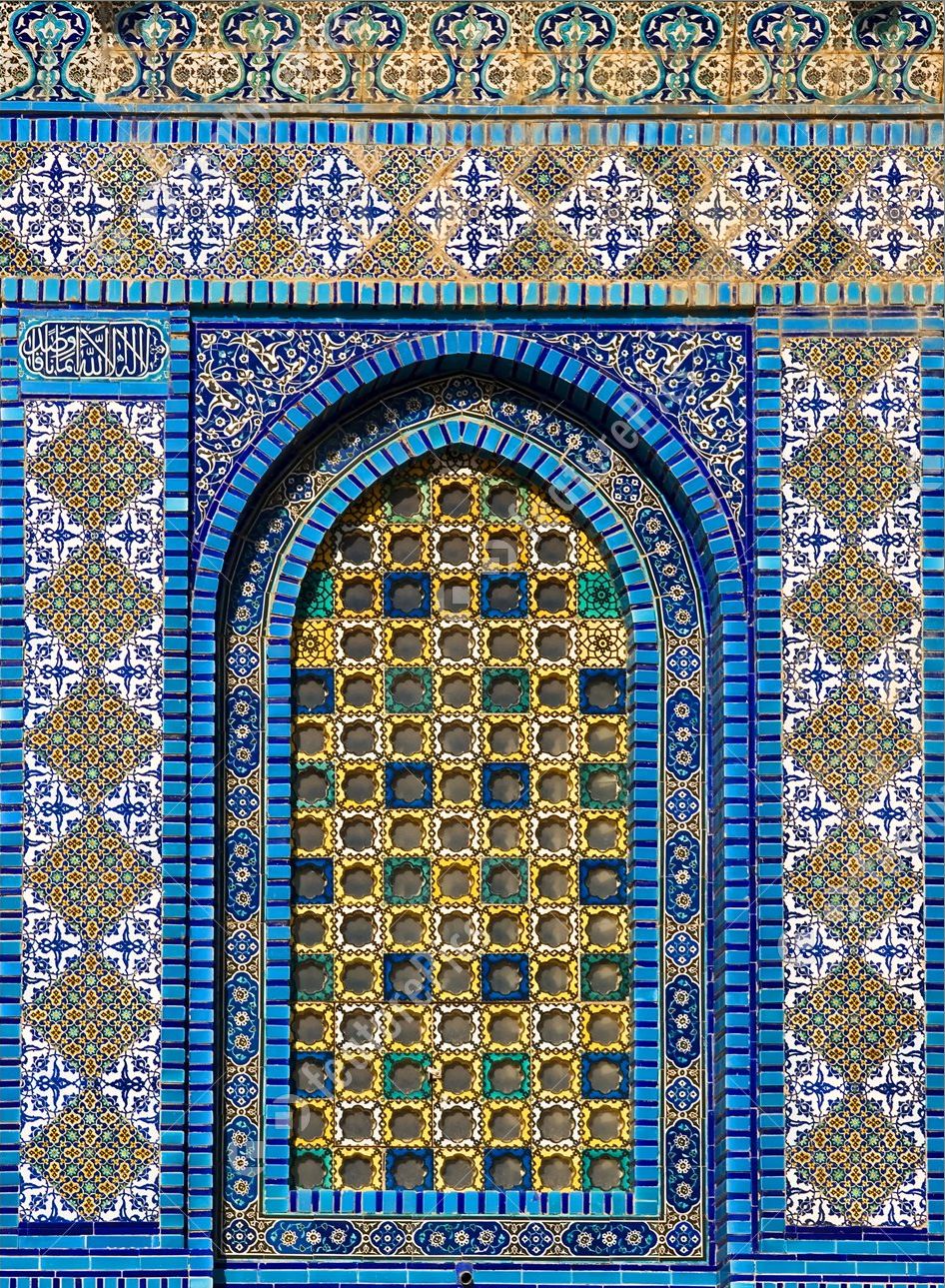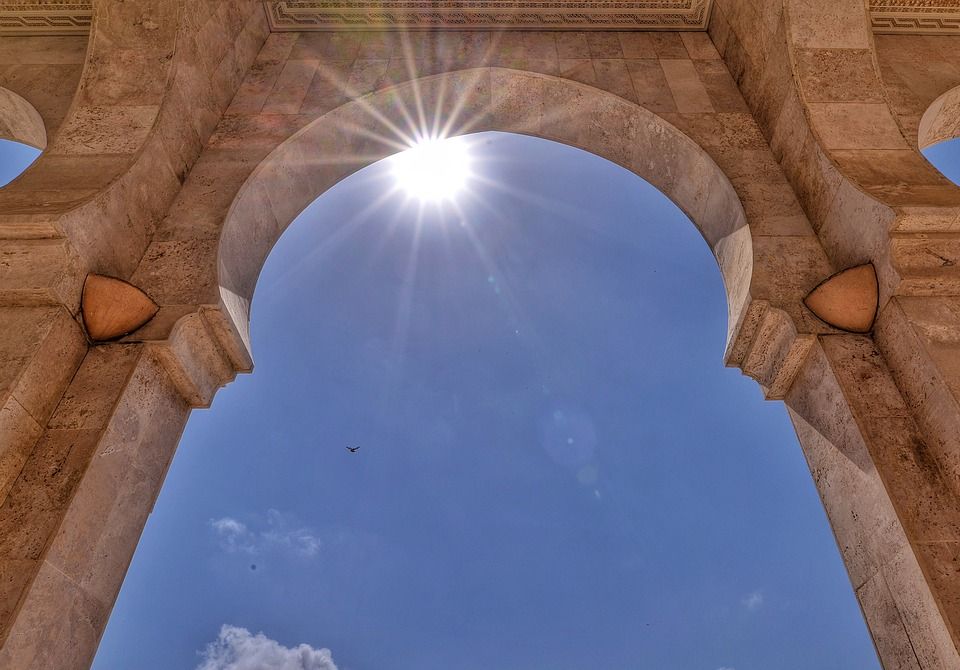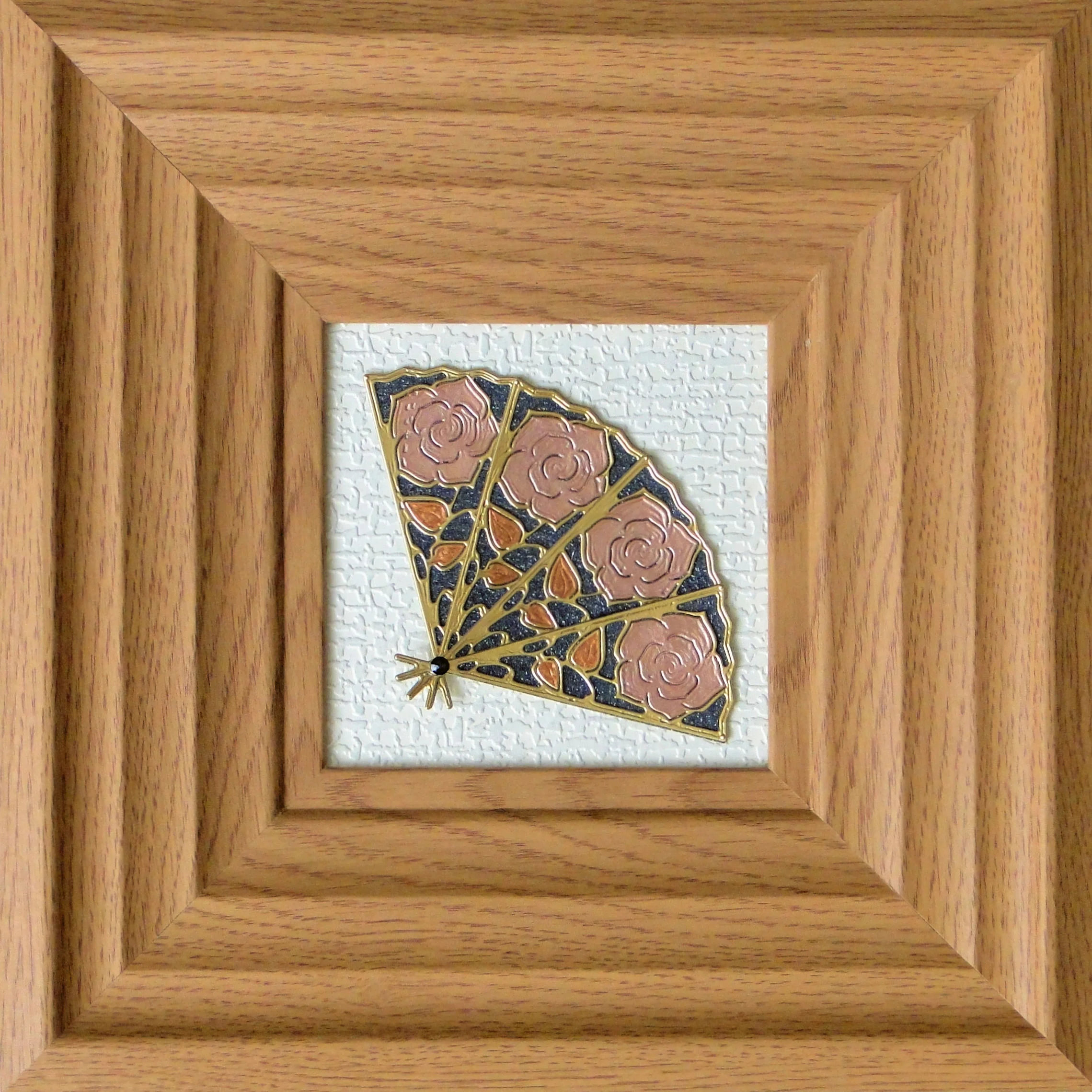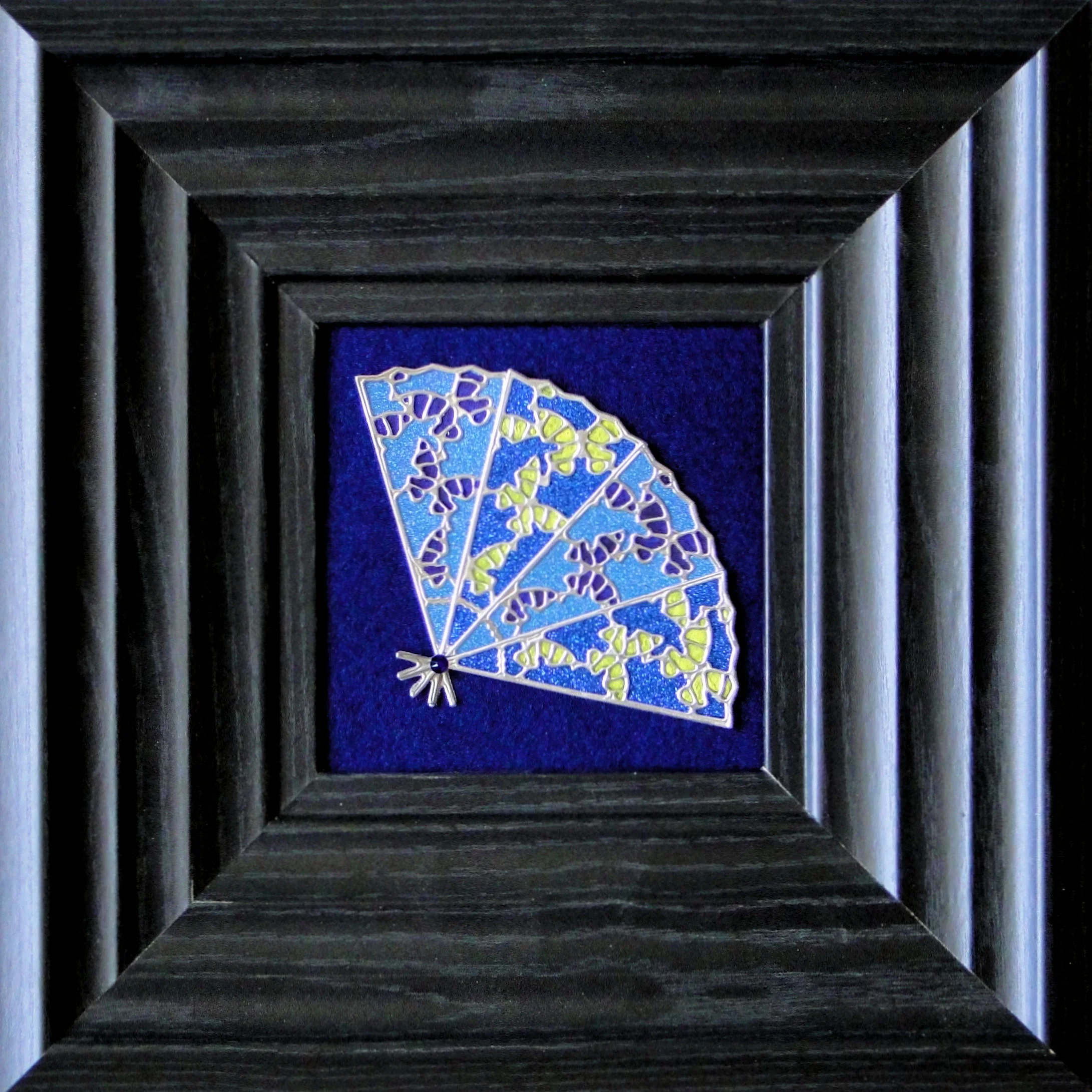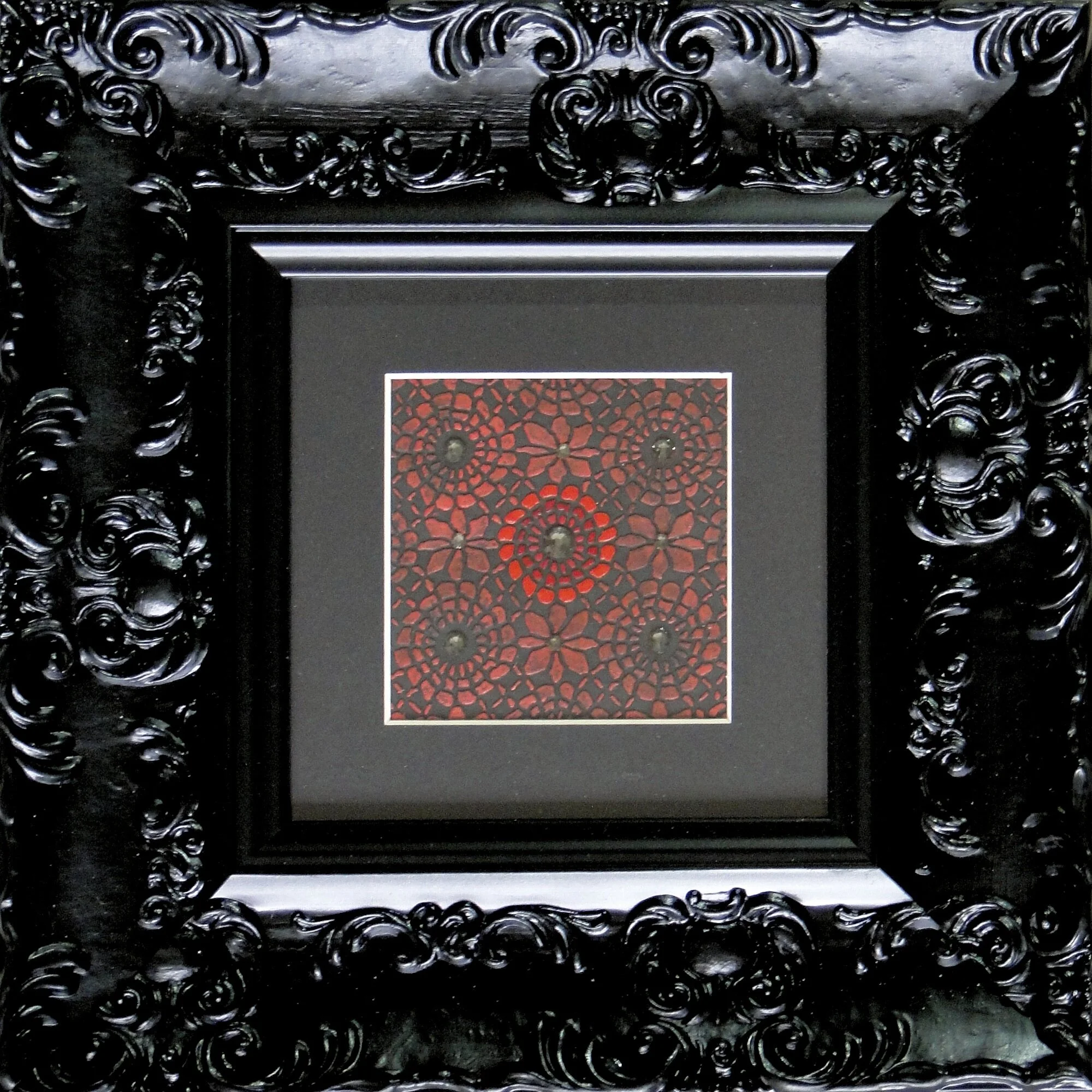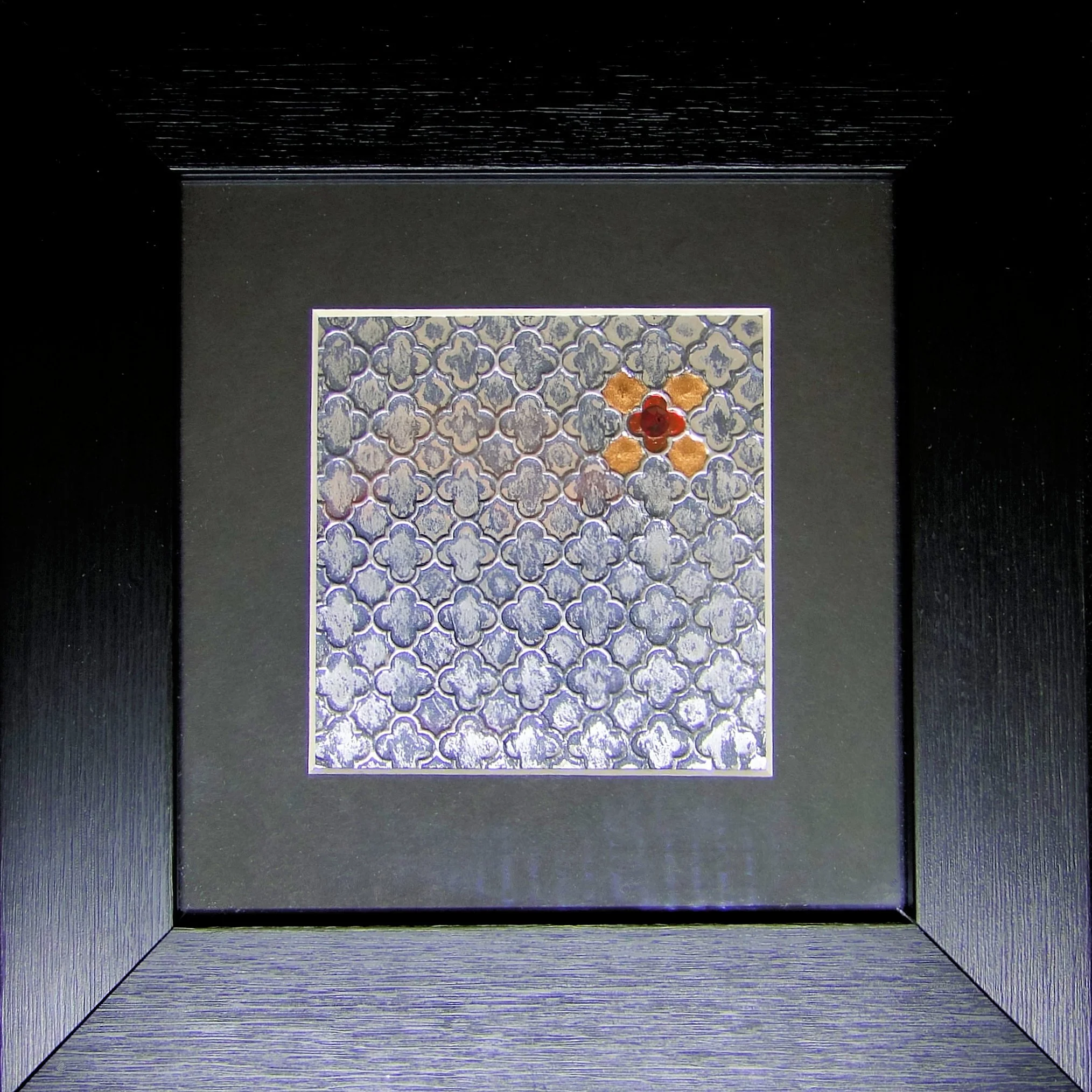Silk Road collection
For centuries, the Silk Road was the link between east and west, a well traveled route for traders and those seeking adventure in distant lands. Treasures and luxuries moved along its sun-baked paths creating a melting pot of culture to inspire a thousand tales.
These pieces are inspired by the colours, textures and art-work found along the Silk Road.
What is the Silk Road?
The Silk Road was an ancient network of trade routes that connected the East and West. It was central to cultural interaction between them for centuries. The Silk Road refers to both the terrestrial and maritime routes connecting Asia with the Middle East and southern Europe.
The Silk Road derives its name from the lucrative trade in silk carried out along its length, beginning in the Han dynasty (207 BC–220 AD). The Han dynasty expanded the Central Asian section of the trade routes around 114 BCE through the missions and explorations of the Chinese imperial envoy Zhang Qian. The Chinese took great interest in the safety of their trade products and extended the Great Wall of China to ensure the protection of the trade route.
Trade on the Silk Road played a significant role in the development of the civilizations of China, Korea, Japan, the Indian subcontinent, Iran/Persia, Europe, the Horn of Africa and Arabia, opening long-distance political and economic relations between the civilizations. Though silk was the major trade item exported from China, many other goods were traded, as well as religions, syncretic philosophies, and technologies. In addition to economic trade, the Silk Road was a route for cultural trade among the civilizations along its network.
Traders in antiquity included the Bactrians, Sogdians, Syrians, Jews, Arabs, Iranians, Turkmens, Chinese, Indians, Somalis, Greeks, Romans, Georgians, and Armenians.
